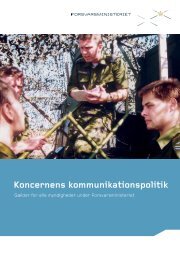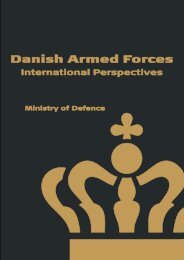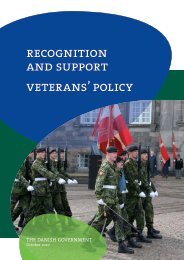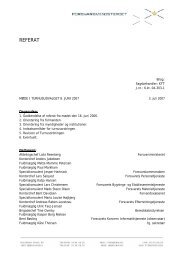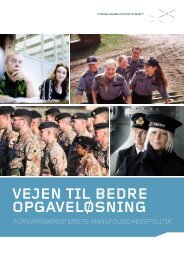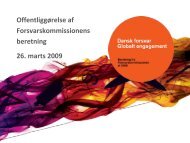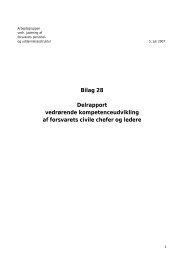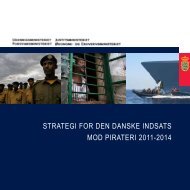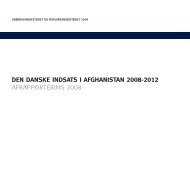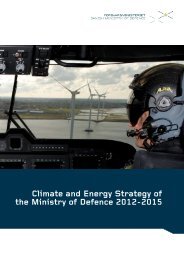Afghanistan Report 2009 - Isaf - Nato
Afghanistan Report 2009 - Isaf - Nato
Afghanistan Report 2009 - Isaf - Nato
You also want an ePaper? Increase the reach of your titles
YUMPU automatically turns print PDFs into web optimized ePapers that Google loves.
Security<br />
Effective governance and economic and social<br />
development need time and space to take root. To this<br />
end, NATO-ISAF’s primary role in <strong>Afghanistan</strong> is to<br />
support the Afghan authorities in bringing peace and<br />
security to the people.<br />
The security picture in 2008 was mixed. Violence rose<br />
sharply in parts of the South, South-East and South-<br />
West as militants and criminals stepped up their efforts<br />
to limit the reach of the Government. This led to a<br />
significant increase in both civilian and security forces<br />
casualties, as well as the militants themselves when<br />
compared to 2007. Attacks against Afghan civilians<br />
and the International Community using Improvised<br />
Explosive Devices (IEDs) caused the greatest loss<br />
of life, while insurgents increasingly targeted isolated<br />
and vulnerable Afghan National Police (ANP) facilities,<br />
resulting in a significant rise in police fatalities.<br />
Furthermore, instability in Pakistan allowed insurgents<br />
to use safe havens from which to mount attacks across<br />
the porous border into <strong>Afghanistan</strong>.<br />
Current Force Disposition<br />
Current Force Disposition<br />
However, the increased violence remained largely<br />
concentrated in the same areas as 2007. Substantial<br />
parts of the North, Centre and West of the country<br />
continued to be relatively stable. Afghan National<br />
Security Forces (ANSF), growing in strength and<br />
capability, took the lead role in providing security in<br />
Kabul Province, which showed a marked decrease in<br />
violence despite some high profile attacks. ISAF force<br />
levels also grew significantly in 2008. ISAF deployed<br />
additional ground forces to the South and East of the<br />
country to support the ANSF in exerting control over<br />
areas where previously insurgents had influence.<br />
Despite the continuing challenge of cross-border<br />
incursions from Pakistan, improved relations between<br />
the Afghan and the newly-elected Pakistani Government<br />
was matched by improved military coordination along<br />
the border between the two countries. Near the end<br />
of the year, a coordinated security operation on both<br />
sides of the border showed positive results against the<br />
militants.<br />
NATO<br />
OTAN<br />
X(-)<br />
RC W<br />
(HERAT)<br />
RC WEST<br />
X<br />
TF HELMAND<br />
X<br />
III<br />
X(-)<br />
RC NORTH<br />
TF ORUZGAN<br />
II<br />
TF ZABOL<br />
TF KANDAHAR<br />
III<br />
RC N<br />
(MAZARI SHARIF)<br />
RC EAST<br />
1<br />
X<br />
II<br />
TF SPARTAN<br />
TF Tigre<br />
TF WHITE EAGLE<br />
X<br />
TF CURRAHEE<br />
X<br />
TF DUKE<br />
XX<br />
RC E<br />
(BAGRAM)<br />
XXXX<br />
X<br />
HQ ISAF/USFOR-A<br />
RC C<br />
(KABUL)<br />
RC SOUTH<br />
XX<br />
RC S<br />
(KANDAHAR)<br />
= PRT<br />
UNCLASS // REL USA ISAF NATO<br />
1<br />
6



